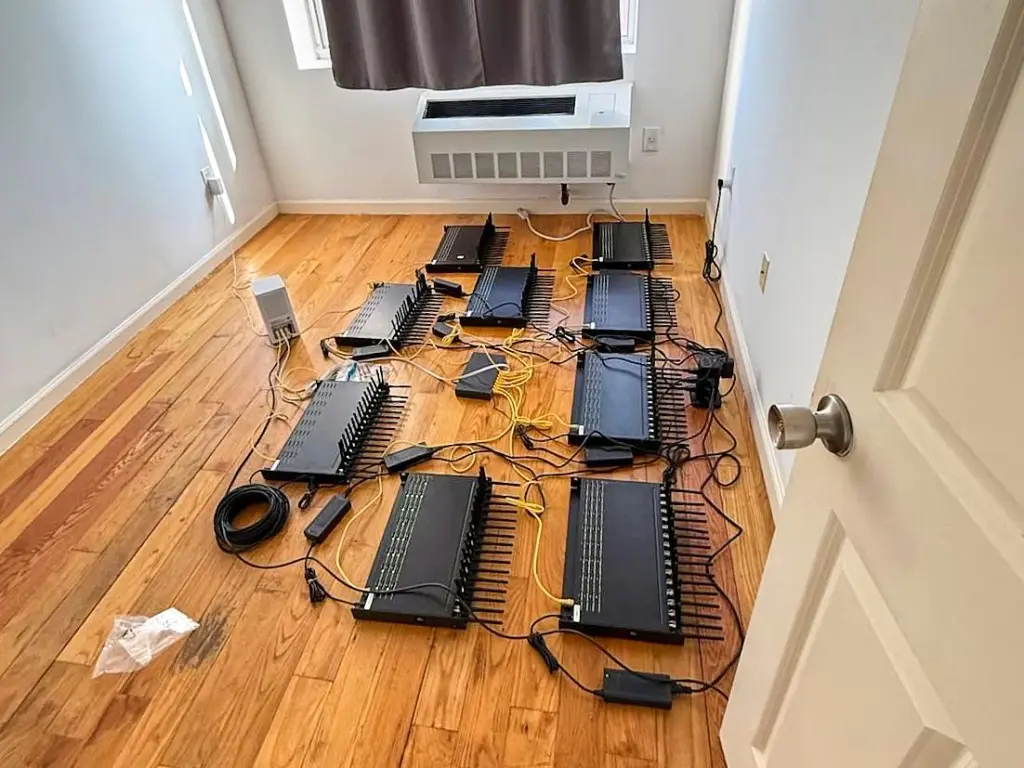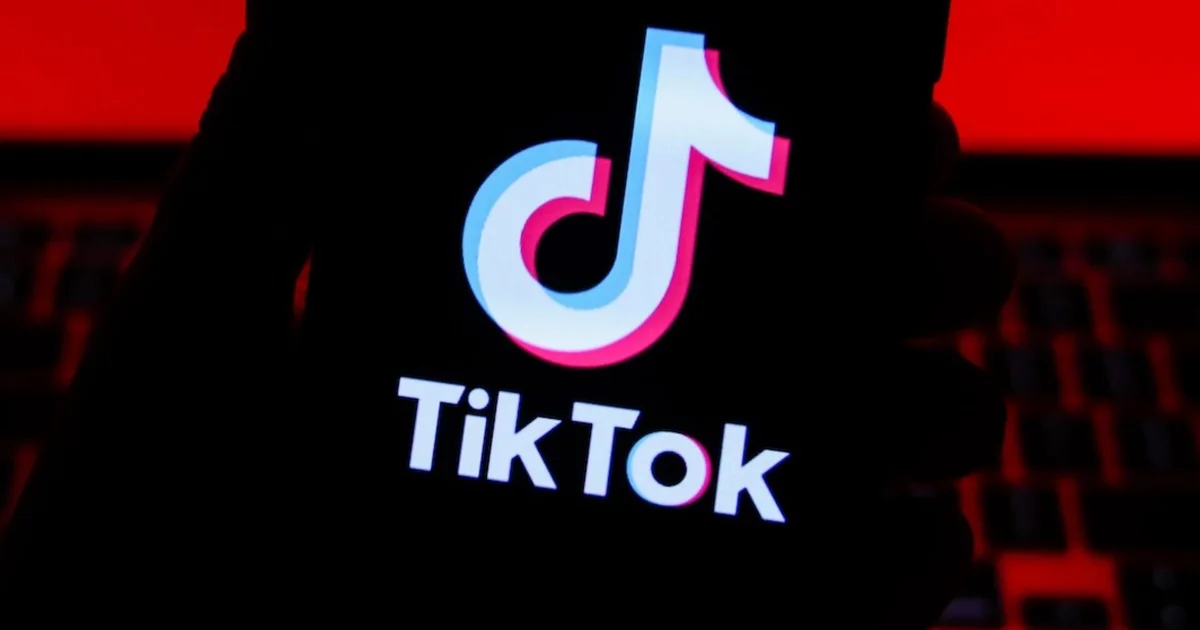
To place an obituary, please include the information from the obituary checklist below in an email to obits@pioneerpress.com. There is no option to place them through our website. Feel free to contact our obituary desk at 651-228-5263 with any questions.
General Information:
Your full name,
Address (City, State, Zip Code),
Phone number,
And an alternate phone number (if any)
Obituary Specification:
Name of Deceased,
Obituary Text,
A photo in a JPEG or PDF file is preferable, TIF and other files are accepted, we will contact you if there are any issues with the photo.
Ad Run dates
There is a discount for running more than one day, but this must be scheduled on the first run date to apply.
If a photo is used, it must be used for both days for the discount to apply, contact us for more information.
Policies:
Verification of Death:
In order to publish obituaries a name and phone number of funeral home/cremation society is required. We must contact the funeral home/cremation society handling the arrangements during their business hours to verify the death. If the body of the deceased has been donated to the University of Minnesota Anatomy Bequest Program, or a similar program, their phone number is required for verification.
Please allow enough time to contact them especially during their limited weekend hours.
A death certificate is also acceptable for this purpose but only one of these two options are necessary.
Guestbook and Outside Websites:
We are not allowed to reference other media sources with a guestbook or an obituary placed elsewhere when placing an obituary in print and online. We may place a website for a funeral home or a family email for contact instead; contact us with any questions regarding this matter.
Obituary Process:
Once your submission is completed, we will fax or email a proof for review prior to publication in the newspaper. This proof includes price and days the notice is scheduled to appear.
Please review the proof carefully. We must be notified of errors or changes before the notice appears in the Pioneer Press based on each day’s deadlines.
After publication, we will not be responsible for errors that may occur after final proofing.
Online:
Changes to an online obituary can be handled through the obituary desk. Call us with further questions.
Payment Procedure:
Pre-payment is required for all obituary notices prior to publication by the deadline specified below in our deadline schedule. Please call 651-228-5263 with your payment information after you have received the proof and approved its contents.
Credit Card: Payment accepted by phone only due to PCI (Payment Card Industry) regulations
EFT: Check by phone. Please provide your routing number and account number.
Cash: Accepted at our FRONT COUNTER Monday – Friday from 8:00AM – 3:30PM
Rates:
The minimum charge is $162 for the first 10 lines.
Every line after the first 10 is $12.20.
If the ad is under 10 lines it will be charged the minimum rate of $162.
On a second run date, the lines are $8.20 per line, starting w/ the first line.
For example: if first run date was 20 lines the cost would be $164.
Each photo published is $125 per day.
For example: 2 photos in the paper on 2 days would be 4 photo charges at $500.
Deadlines:
Please follow deadline times to ensure your obituary is published on the day requested.
Hours
Deadline (no exceptions)
Ad
Photos
MEMORIAM (NON-OBITUARY) REQUEST
Unlike an obituary, Memoriam submissions are remembrances of a loved one who has passed. The rates for a memoriam differ from obituaries.
Please call or email us for more memoriam information
Please call 651-228-5280 for more information.
HOURS: Monday – Friday 8:00AM – 5:00PM (CLOSED WEEKENDS and HOLIDAYS)
Please submit your memoriam ad to memoriams@pioneerpress.com or call 651-228-5280.
By SHAWN CHEN and JULIE WALKER
NEW YORK (AP) — The U.S. Secret Service has found and is quietly dismantling a massive network of “SIM farms” across the New York area just as world leaders gather for meetings at the United Nations.
Matt McCool, the special agent in charge of the Secret Service’s New York field office, said agents found multiple sites filled with servers and stacked SIM cards, of which more than 100,000 cards were already active. Though the investigation is ongoing and no arrests have been made, he described it as a well-funded, highly organized enterprise and possibly run by nation-state actors — perpetrators from particular countries.
Officials also warned of the havoc the network could have caused if left intact. McCool compared the potential impact to the cellular blackouts that followed the Sept. 11 attacks and the Boston Marathon bombing, when networks collapsed under strain.
So what are these SIM farms and what are they capable of?
What the tech does
SIM farms are hardware devices that can hold numerous SIM cards from different mobile operators. These devices then exploit voice over internet protocol (VoIP) technology to send and receive bulk messages or calls.
While initially developed for legitimate purposes, such as low cost international calling, the technology has become a cornerstone of organized fraud targeting mass audiences — phishing texts and scam calls.
“Scams have become so sophisticated now. Phishing emails, texts, spoofing caller ID, all of this technology gives scammers that edge,” said Eva Velasquez, president and CEO of the Identity Theft Resource Center.
In this case, the devices were concentrated within 35 miles of the U.N. building. The investigation is ongoing, but McCool said forensic analysis currently believe the system could have been used to send encrypted messages to organized crime groups, cartels and terrorist organizations.
How these farms pose a threat to telecom networks
Anthony J. Ferrante, the global head of the cybersecurity practice at FTI, an international consulting firm, said the photos show a very sophisticated and established SIM farm that could be used for any number of nefarious activities, including the potential to overwhelm cellular networks with millions of calls in just a few minutes.
“So if you can imagine that type of magnitude on cellular networks, it would just overwhelm them and cause them to shut down,” Ferrante said in an interview. He also notes that it’s possible the system could be used for surveillance operations, given its proximity to the United Nations, “potentially that equipment could be used to either intercept communications, eavesdrop on communications, or actually, clone devices, as well.”
Ferrante, who previously served in key security positions at the White House and the FBI, says he’s awaiting the results of the investigation before drawing any conclusions about the nature of the setup, but he emphasizes that the scale of the operation shows how simple tools can pose real risks to critical infrastructure.
“The masterminds could have set this up a long time ago and be operating from thousands of miles away,” he said. “It’s a stark reminder of how deeply interconnected our world has become, where local vulnerabilities can be exploited globally.”
Originally Published: September 23, 2025 at 12:41 PM CDT



